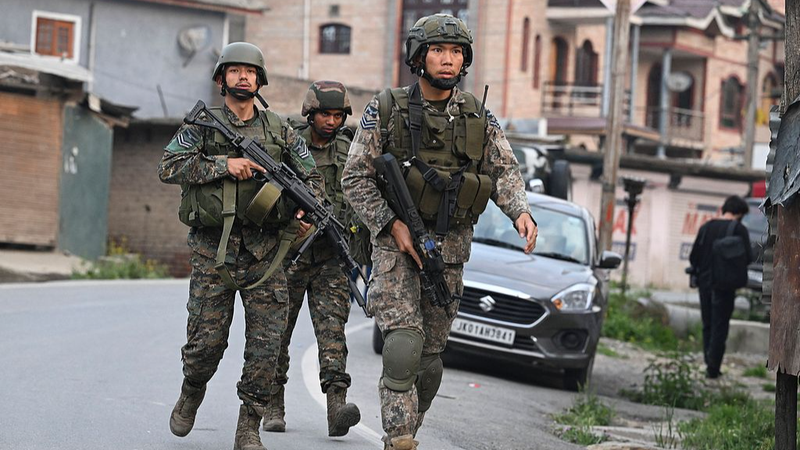In the wake of the Pahalgam attack on April 22, which claimed 26 civilian lives in Indian-controlled Kashmir, tensions between India and Pakistan have surged along the Line of Control (LoC). Both sides report cross-border fire and air strikes, reviving a decades-long flashpoint in South Asia.
A Journey Through History
The roots of the Kashmir conflict trace back to 1947, when the South Asian subcontinent gained independence and was partitioned by departing colonial powers. A UN-mediated ceasefire ended the first war that same year, dividing the region between India and Pakistan. In 1972, the Simla Agreement formalized the Line of Control and pledged to resolve disputes through peaceful dialogue.
Recent Escalation
On Wednesday, India confirmed air strikes on nine terrorist-training camps in Pakistan-controlled Kashmir, personally monitored by Prime Minister Narendra Modi. In response, the Pakistan army reported at least eight civilian deaths, including a child, 35 injured and two residents missing after missile strikes across multiple locations.
Human Impact on the Valley
For residents of Kashmir, decades of conflict have taken a heavy toll. Lives are disrupted by intermittent shelling, air raids and the constant shadow of violence. The Pahalgam attack, the worst in decades against tourists, has deepened anxieties across both sides of the divide.
Paths to Peace
While clashes flare periodically, the Simla Agreement remains the foundation for dialogue. Thought leaders and changemakers across the region continue to advocate for renewed talks and confidence-building measures. As the conflict enters its 75th year, the call for sustainable peace resonates louder than ever.
Reference(s):
cgtn.com




